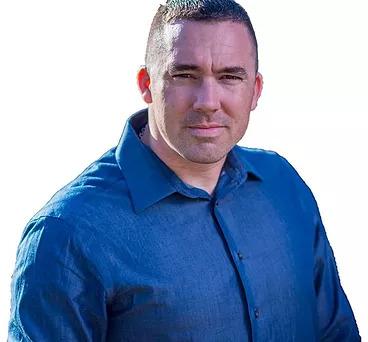Dr. Coby Webb has been a law enforcement officer in Southern California since 1993. In 1999, she started training bloodhounds at her agency, and in 2003, she became an instructor. For Webb, her bloodhounds make all the difference when looking for the missing, and tracking criminal suspects.
Webb described the training process for bloodhounds as a game of hide and seek. They begin training the dogs when they’re 8 weeks old, and teach them to chase someone who starts to run. Then, the trainer starts adding turns so the dog has to use its nose to look for the person.






